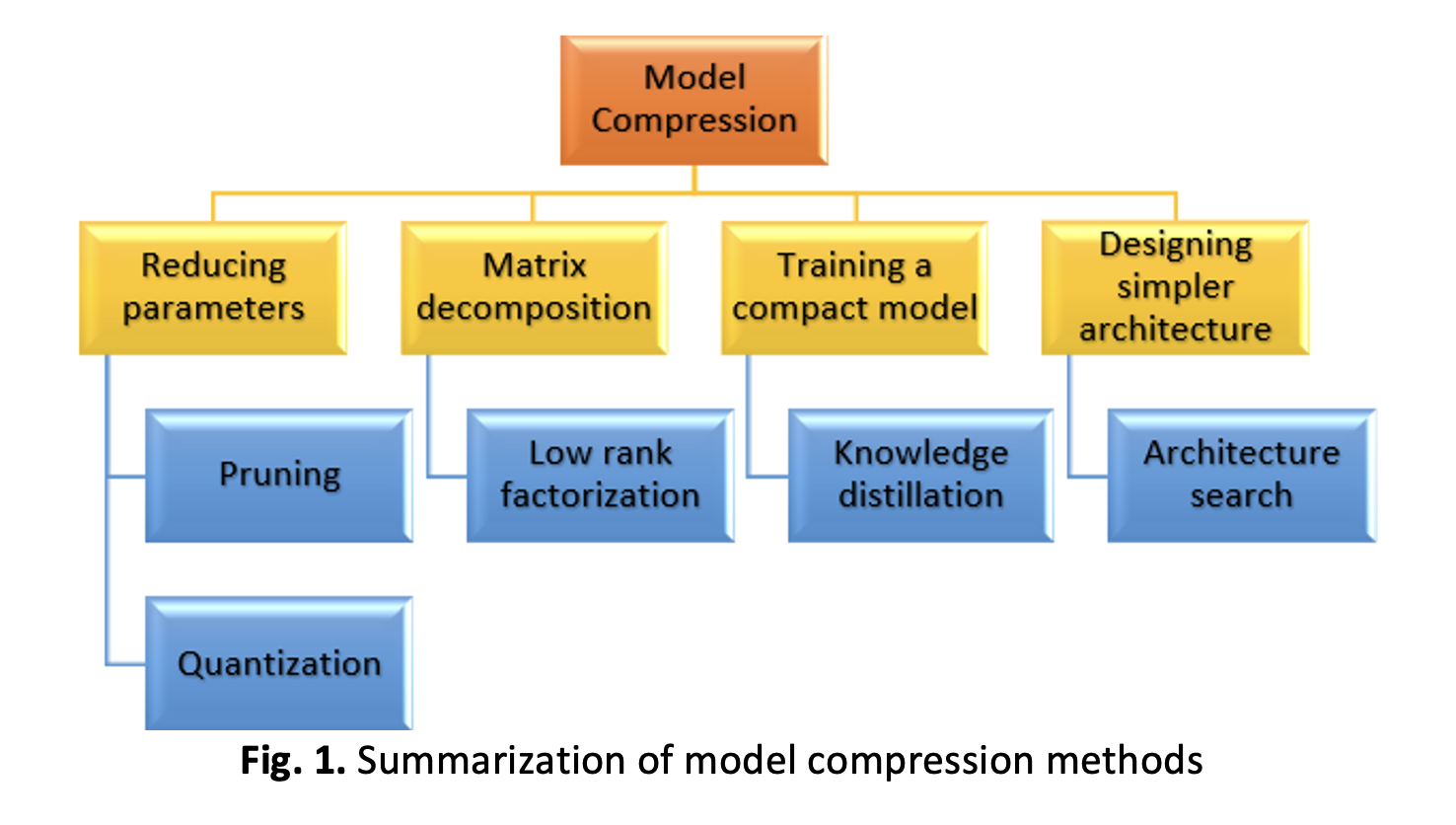Online Multimodal Compression using Pruning and Knowledge Distillation for Iris Recognition
DOI:
https://doi.org/10.37934/araset.37.2.6881Keywords:
Model compression, pruning, knowledge distillation, iris recognitionAbstract
Deep learning models have advanced to the forefront of image recognition tasks, resulting in high-performing but enormous neural networks with millions to billions of parameters. Yet, deploying these models in production systems imposes considerable memory limits. Hence, the research community is increasingly aware of the need for compression strategies that can reduce the number of model parameters and their resource requirement. Current compression techniques for deep learning models have limitations in efficiency and effectiveness, indicating that more research is required to develop more efficient and practical techniques capable of balancing the trade-offs between compression rate, computational cost, and accuracy. This study proposed a multimodal method by combining multimodal Pruning and Knowledge Distillation techniques for compressing the iris recognition model, which is the size constraint for many image recognition models. To maintain accuracy while shrinking the model’s size, the models are trained, compressed, and further retrained in the downstream job. The analysis includes both fully connected and convolutional layers. Experimentally, the findings show that the proposed technique can achieve 91% accuracy, the same as the existing or original model. Besides that, the model compression can reduce the size of the model almost six times, from 529MB to 90MB, which is a significantly reduced rate. The primary outcome of this study is developing a CNN lightweight model for iris recognition technology that can be used on mobile devices and is resource constrained.
Downloads


























